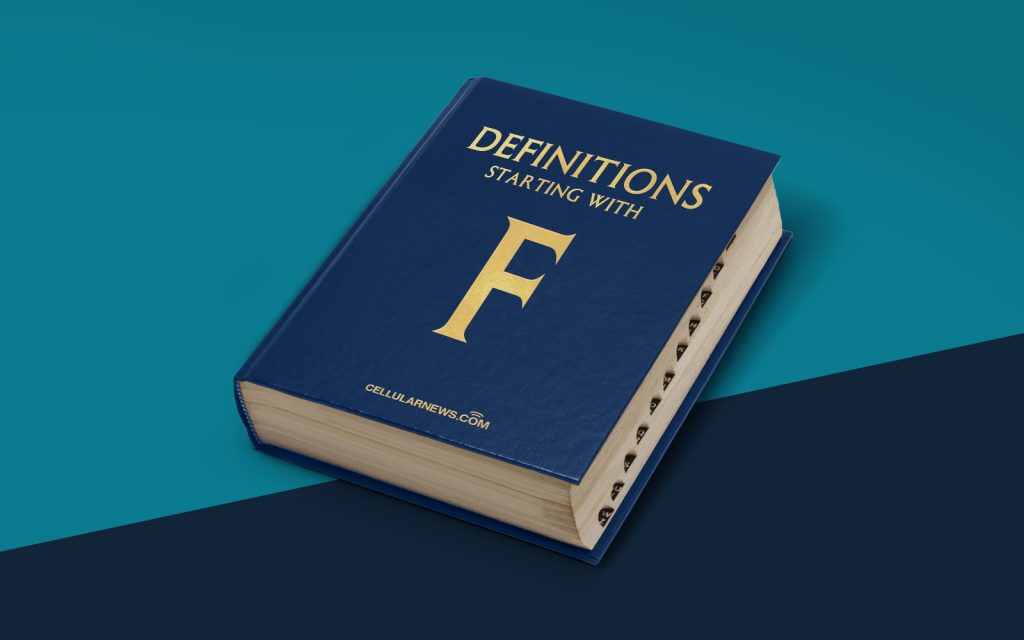
Understanding Flooding: The Water’s Rise
Welcome to another edition of our “DEFINITIONS” series, where we break down complex topics into simple and understandable terms. Today, we will be diving into the topic of flooding. So, without further ado, let’s explore the world of rising waters and understand what is flooding all about!
Key Takeaways
- Flooding happens when there is an overflow of water onto normally dry land.
- It causes submersion and widespread damage to the affected areas.
Flooding refers to the overflow of water onto normally dry land, causing submersion and widespread damage. It occurs when a body of water, such as a river, lake, or ocean, exceeds its normal capacity and spills over, spreading its waters across the surrounding areas.
Now that we have a basic understanding of what flooding is, let’s dig deeper into its causes and the different types of flooding that can occur.
The Causes of Flooding
Flooding can be triggered by a variety of factors, including:
- Heavy Rainfall: Excessive and prolonged rainfall can overwhelm the capacity of bodies of water, leading to floods.
- Melting Snow: Rapid snowmelt during warmer months can cause rivers and streams to swell and spill over their banks.
- Tropical Storms and Hurricanes: These weather events bring intense rainfall, storm surges, and tidal waves, which can result in severe flooding in coastal areas.
- Dams and Levee Failures: The improper functioning or failure of dams and levees, designed to control water flow, can result in flooding downstream.
Note: Each of these causes can manifest individually or in combination with each other, intensifying the effects of flooding.
Types of Flooding
Flooding can occur in various forms, each with its own characteristics:
- Riverine Flooding: This type of flooding occurs when rivers breach their banks and inundate the surrounding areas.
- Coastal Flooding: Coastal floods are caused by storms or high tides, leading to the intrusion of seawater into nearby land areas.
- Flash Flooding: Flash floods are sudden and rapid floods usually caused by heavy rainfall. They can happen in a matter of minutes or hours and can be incredibly destructive.
- Urban Flooding: This type of flooding occurs in urban areas due to rainwater or runoff being unable to drain efficiently through the city’s infrastructure.
Now that you are familiar with the various types of flooding, let’s look at the impact it can have on the affected areas.
The Impact of Flooding
Flooding can have profound and often devastating consequences:
- Physical Damage: Floodwaters can damage homes, buildings, infrastructure, and disrupt transportation networks.
- Health Risks: Floods often lead to contaminated water supplies, increased risk of waterborne diseases, and the displacement of people from their homes, causing distress and potential psychological effects.
- Economic Loss: Flooding can result in extensive financial loss, including damage to businesses, agriculture, and infrastructure repairs.
- Environmental Impact: Floods can damage ecosystems, destroy habitats, and have long-term effects on plants, animals, and the overall environment.
With such wide-ranging impacts, it is crucial to understand and prepare for flooding. Implementing proper flood management strategies, constructing reliable infrastructure, and raising awareness about flood risks are essential steps in mitigating the effects of flooding and promoting community resilience.
We hope this article has provided you with a better understanding of what flooding is and its various causes, types, and impacts. Stay tuned for more articles in our “DEFINITIONS” series, where we demystify complex topics and make them accessible to all. Until next time, stay safe and prepared!
